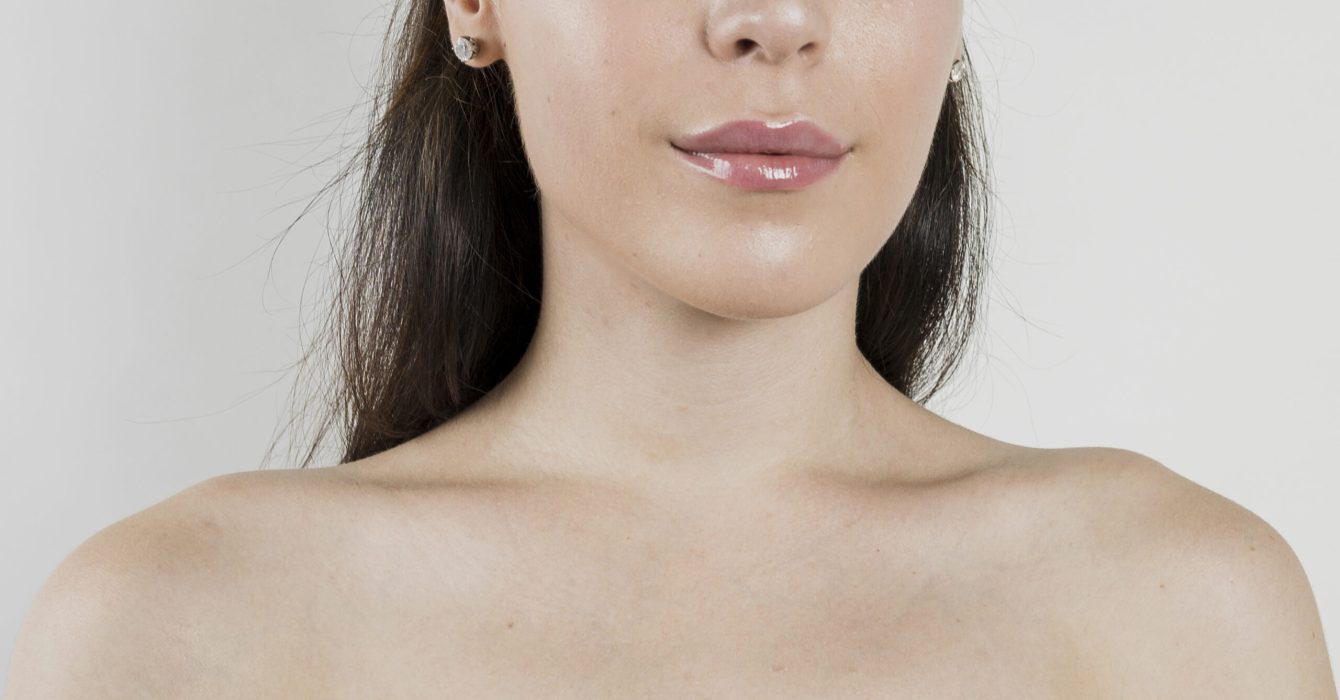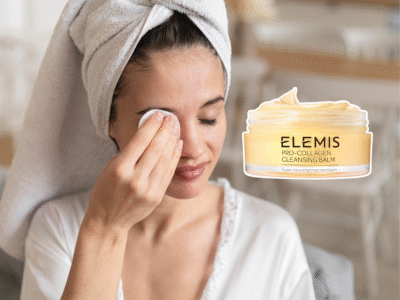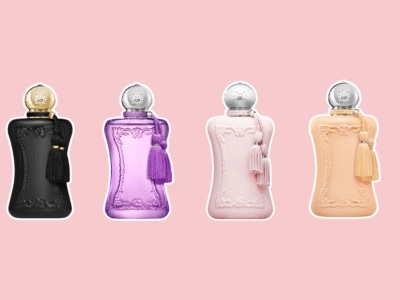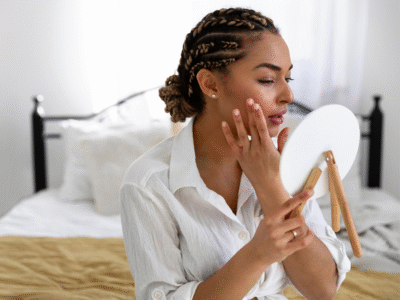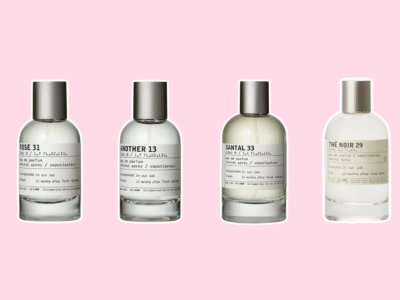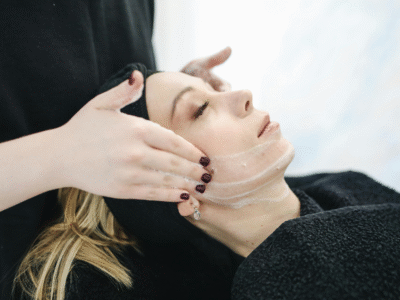In a bid to stop clenching her jaw, Living360 editor Mattie Lacey-Davidson got masseter Botox. Not only did it go wrong (temporarily), but she discovered it isn’t quite the cure-all she’d hoped for. Below, she reveals what happened with her before and after results.
I clench my teeth so badly that my teeth are cracking — and, to my horror, I’ve been told they’re at risk of falling out if I don’t do something about it. So, two months ago I got jawline Botox injections into my masseter muscles (responsible for chewing, as well as clenching and grinding).
I had been given a mouthguard by my dentist, who had told me to wear it “as much as possible, not just at night”, but I hated it. The thick rubber insert wasn’t only uncomfortable enough to disturb my sleep, it also ended up serving as a chew toy that I gnawed away at until my jaw was aching and painful, so eventually I stopped using it.
Masseter Botox is also known as jawline slimming Botox because it relaxes the jaw, causing the face to be slightly elongated — thus making it appear thinner. This isn’t something I was interested in; I like my strong jawline. But in a bid to save my teeth, I nervously booked into Skin & Sanctuary in London. Having had forehead Botox and many other facial treatments here previously, I knew and trusted the team.
Unfortunately, I quickly learned that masseter Botox alone wouldn’t be enough to prevent jaw clenching and teeth grinding, and that things can go wrong even with a highly experienced injector. Here’s everything I wish I knew beforehand, photos of my before and after results, as well as the answers to some of your burning jawline Botox questions.
Read more: We’re calling on the government to improve healthcare and menopause support for women

What does masseter Botox do?
If you place your fingers on the outer edge of your jaw and clench your teeth, you’ll feel the masseter muscle bulge. It’s responsible for lifting and lowering the bottom jawbone when talking or chewing. For those who grind their teeth or clench their jaw, the bulge will be larger than others as the muscle will be stronger and therefore bigger.
Masseter Botox doesn’t stop the function of the muscle — it can still move — but it relaxes it to the point that it somewhat reduces unconscious clenching and grinding. The more treatments you have, the more the muscle will weaken, meaning the jaw will increasingly relax.
Softening the jawline in this way (and thus making it appear slimmer) is a popular feminising treatment, sought out by cisgender and transgender women alike.
How long does masseter Botox take to work?
Due to the masseter muscle being so large, it can take up to four weeks for masseter Botox to work and for the final results to show. During my appointment, Dr Vy Nguyen explained that the injection is placed towards the back of the muscle and the Botox slowly takes effect across the entire masseter. She warned me it posed a small risk of temporary paradoxical masseter bulging.
“This happens when the deeper fibres of the masseters relax before the superficial fibres, leading to a prominent bulging effect — but this normally self-resolves within two weeks.”
How long does jawline Botox last?
Like anywhere else in the face or body (excluding ‘baby Botox’, which is administered at a lower dosage), masseter Botox lasts for three to four months. There’s some evidence that zinc supplements can make Botox more effective and longer lasting.
Read more: Are Botox brow lifts a scam? Here’s what you need to know

How much does masseter Botox cost?
At Skin & Sanctuary, masseter Botox is priced at £450. For comparison, the clinic charges £250 for one area of muscle relaxation/wrinkle reduction; the price difference is due to the masseter being a large, strong muscle that requires additional units of Botox for an effective result.
How many units of Botox are required for the masseter muscle?
This will vary from person to person and can be impacted by whether someone grinds or clenches their teeth (leading to a stronger muscle) as opposed to simply wanting their jawline slimmed for aesthetic appearances.
Dy Nguyen says, “Depending on the size of the muscles and whether or not the patient is symptomatic, it can range anywhere between 20-50 units each side.”
Can Botox treat an enlarged masseter muscle on one side of the face?
Yes, it can — slowly, over time. The side with the enlarged masseter muscle will be stronger, requiring a little more Botox. Over time, it will weaken slightly more than the other side, so with repeated treatments, it will slowly equalise — although it’s important to remember nobody is perfectly symmetrical. As shown in my own before, during and after
Does masseter Botox cause jowls?
Although I had no desire to slim my jawline or face with Botox, I was concerned that it could give me jowls or a double chin, as relaxing the jaw with masseter Botox also means any lose skin in the bottom part of the face will sink down with it.
“While most patients won’t encounter this, the worsening of lower face heaviness can be an issue if patients pre-present with poor skin laxity in the jowl area,” explains Dr Nguyen. “For symptomatic patients, the benefits of undergoing treatment for pain relief can far outweigh this risk.
“As always, a thorough assessment and consultation is advised, and there are other treatment options that can improve the appearance of jowls following this.”
Read more: Can facial acupuncture really rival the effects of Botox?

Masseter Botox before and after
The slimming effect of jawline Botox was much more subtle than I expected, but I do believe it softens my face significantly.
You can clearly see in the ‘before’ photo that the right side of my jaw was dominant and, as a result, the masseter muscle of this side is more prominent. After four weeks, I went back to Dr Nguyen for a follow-up appointment, and more Botox was administered just on this side.
So, some two months after my first treatment, my jawline was far more even — but you can still see which side is more dominant. As noted above, this takes some time to correct as it’ll weaken with each treatment until, eventually, equal Botox units will be required.
Masseter Botox gone wrong: my wonky smile
Despite the injector being highly experienced, and despite me following all aftercare advice, the Botox migrated slightly into one side of my smile line. As a result, I was left with a wonky smile, which was only noticeable when I pointed it out or smiled really hard.
I posted about this on social media and was amazed at the number of people commenting that the same had happened to them — so not an uncommon risk, it seems.
“Side effects such as a crooked smile from masseter Botox are rare,” Dr Nguyen tells me. “When botulinum toxin is injected into any area of the body, it has a risk of inadvertent diffusion into surrounding muscles.
“This may be accentuated by practitioner factors such as injecting into the wrong muscle or too high a dose, or patient factors such as drinking alcohol or undertaking strenuous exercise too soon after treatment.”
Thankfully, as it was a result of migration and not an injection into the wrong muscle, the amount of Botox to the area was only small and nowhere near as long-lasting as it could have been. Just four weeks after noticing my wonky smile, the Botox had started to wear off and my smile was returning to normal.
Does Botox really work for jaw clenching and teeth grinding?
Yes and no. Prior to the treatment, my teeth were always pushing against each other (when relaxed, your teeth shouldn’t even touch), so putting an end to that brought instant relief. And while I clench my jaw less, I still do it often.
I do it at night, which I know because I still wake up with an aching jaw. And I do clench at times during the day, usually when I’m stressed or really concentrating. As a result, I’ve had to start using my mouth guard again and I’m trying my best to massage the muscles morning and night to encourage further relaxation (something I’m trained to do).
Would I get masseter Botox again?
I’ll be nervous, but yes — absolutely. While I still clench my teeth, I now don’t live each day with a horribly aching jaw. Plus, with time, the result will improve as the muscles weaken.
And despite having had no desire to slim my face, I do prefer how I look (and thanks to some polynucleotide injections, my fears of jowls didn’t materialise — in fact, my jowl area actually improved).
I’ll be returning to Dr Nguyen because I trust that the wonky smile was simply a rare side effect, and not a result of poor injecting. But I hope my experience serves as a reminder to do your research when choosing an injector: always go to an experienced doctor, and never choose someone purely for their cheap prices — it’s not worth the risk.

